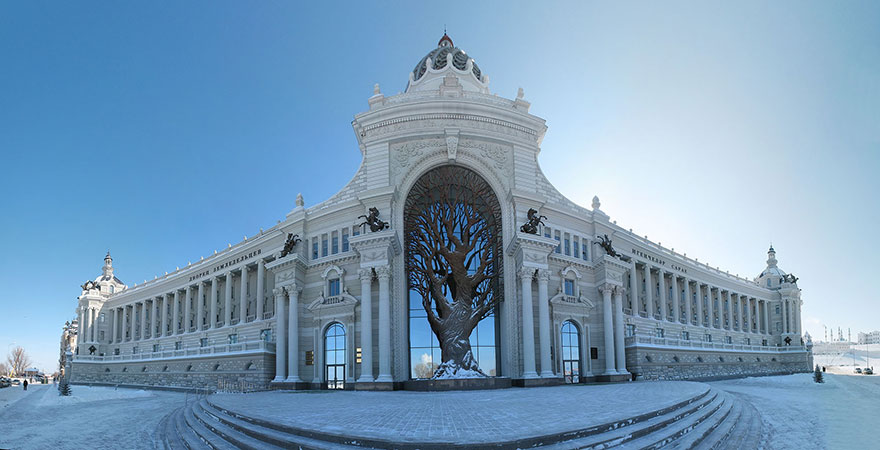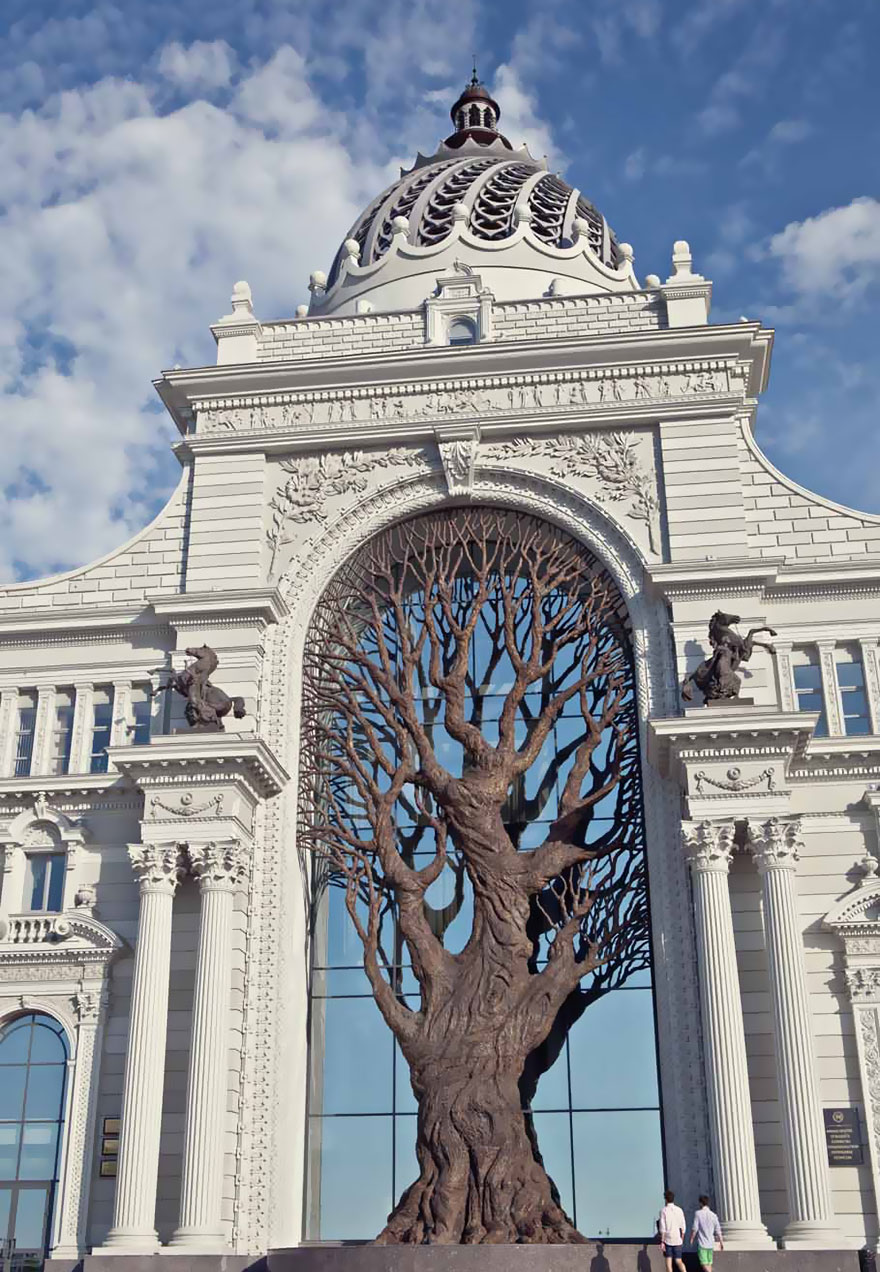
“O antigo Colégio de S. Francisco Xavier de Setúbal, é hoje conhecido como Palácio Fryxell. Poucas são as pessoas que identificam o edifício pela sua função original, tendo-se perdido a memória de séculos de ocupações e transformações. O Instituto Politécnico de Setúbal está intimamente relacionado com a sua história recente, sendo o seu actual proprietário. Adquirido em 1982 à família Fryxell, o edifício foi alvo de várias obras de adaptação à nova função. As intervenções foram feitas com consciência do seu valor histórico/patrimonial, valorizando o potencial socio/cultural e a interação da escola com a cidade.” (p. 17)
“O fundador da Companhia de Jesus nasceu em 1491 em Loyola, Espanha. Iñigo Lopez de Loyola, mais conhecido como Inácio de Loyola, foi o décimo terceiro ilho de uma família nobre. No contexto da sua carreira militar, Inácio participou, em 1521, na defesa militar da cidade de Pamplona. De espírito guerreiro e patriótico, o basco bateu-se com os inimigos até ao fim, mesmo quando tudo fazia prever uma concretizada derrota. A intrépida aventura deixou marcas profundas em Inácio: uma das pernas fica desfeita por um projétil e a outra gravemente ferida. Mas as marcas mais relevantes não foram as físicas, mas sim as espirituais. Durante o longo tempo de convalescença em que foi sujeito a diversas e dolorosas intervenções cirúrgicas, a fim de matar o tédio resultante da inércia, em vez dos desejados romances de cavalaria, foi obrigado a ler livros que lhe foram disponibilizados no solar
de Loyola: os quatro volumes da “Vida de Cristo” de Ludolfo da Saxónia e um “Flos Sanctorum” de Jacobus de Voragine. Assim, é neste longo período de mais de sete meses, de Junho de 1521 a princípios de 1522, que Inácio opera um volte-face interior que o leva a encetar um longo caminho de peregrinação espiritual, tornando-se um
eremita, depois um peregrino em Jerusalém, e a seguir iniciando uma carreira de estudo pelas universidades de Espanha e França.” (p. 21)
tese de mestrado em Reabilitação Urbana e Arquuitetónica








